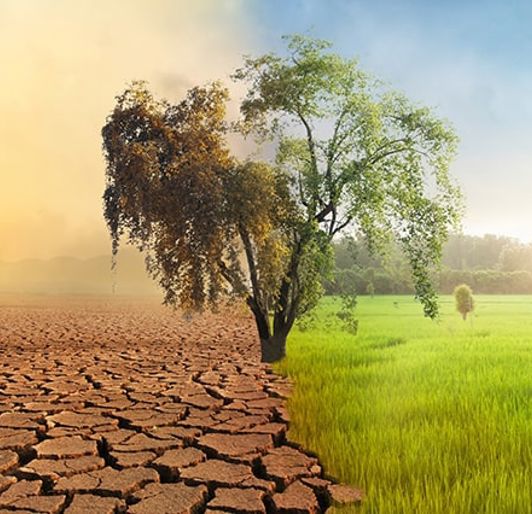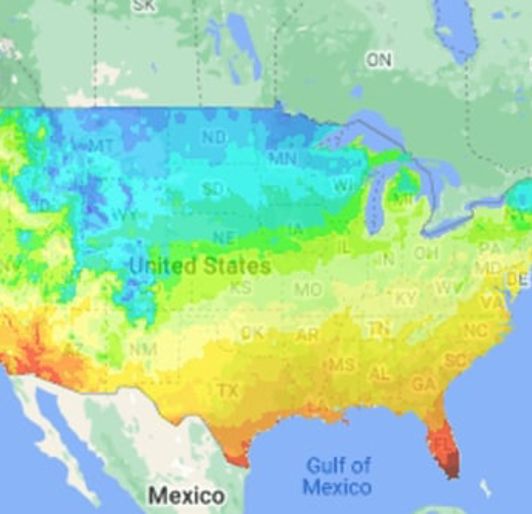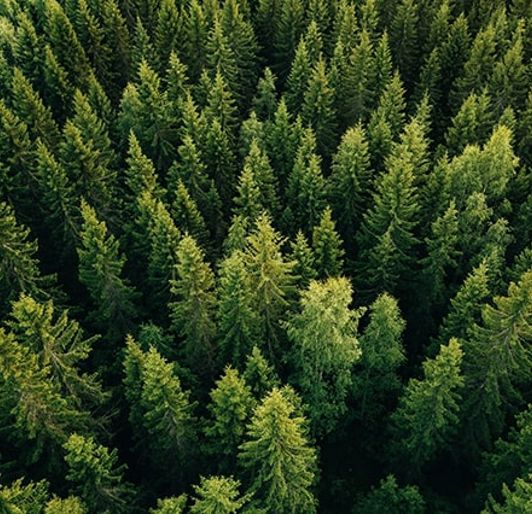All regions of the United States have experienced effects of climate change, such as changes in temperature, precipitation, sea level rise, storm intensity, tree health, pest pressure, wildfires, and worker safety.
Climate change presents opportunities and threats to Davey operations and our industry, so understanding the impacts of these changes is critical. The Davey Institute is leading the way by providing research-based educational resources to our employees, our customers, the green industry, and the general public.
On this page, you can find regionally-based climate change fact sheets, an interactive future hardiness zone map, and climate change blogs to learn about how climate change will impact your landscape and planting decisions, or your career in the arboriculture industry.





